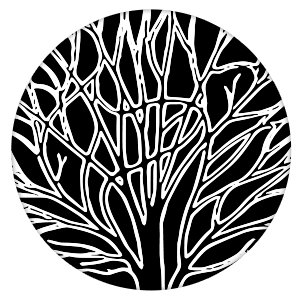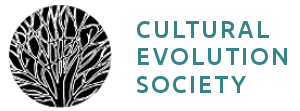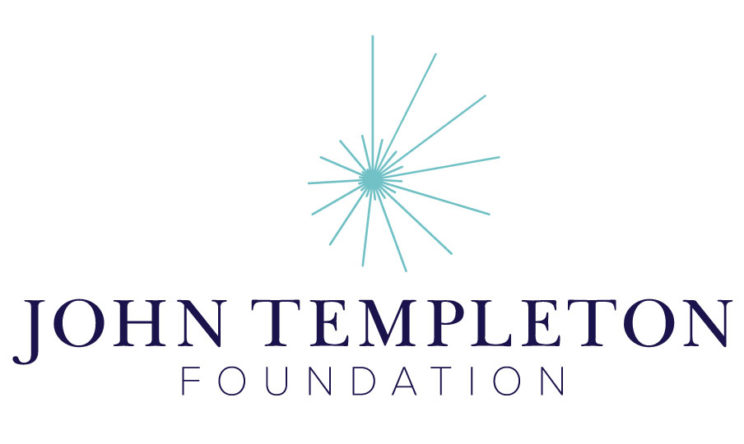Modeling the Dynamics of Cultural Diversification
Tutorial 5: Cultural Phylogenies
This supplemental tutuorial examines the concepts and methods behind the use of phylogenetic approaches. It shows users the types of questions addressable using phylogenies, explains how phylogenies are constructed, and contrasts this approach to diversifcation rate analysis. Empirically, we demonstrate some phylogenetic analyses on a dataset of Austronesia languages (Gray, Drummond and Greenhill 2009).
Google Colaboratory Environment. These tutorials are built in the Google Colaboratory Environment. To access these tutorials, you must be logged in to a Google account with Google Colaboratory (Colab) installed. Colab is a free resource linked to Google accounts that runs Python notebooks on the cloud and attaches to your Google Drive. If you do not have Colab installed, it can be found here: https://gsuite.google.com/marketplace/app/colaboratory/1014160490159. When you open a Colab notebook, Google creates a virtual machine for you with Python and the most relevant scientific packages preinstalled. Because it is a complete virtual machine, you can also install your own Python packages, download software from Github, link files from your Google Drive, run command line programs, and use a GPU/TPU. We make use of some of these features throughout the tutorials. If you are new to Colab, an introduction, overview, and list of resources are available here: Welcome to Colaboratory.
How to start this tutorial
- Sign in to your Google account.
- Install the Drive-addon 'colaboratory' on your Google Drive.
-
 Download Tutorial 5: Cultural Phylogenies to your Colab-connected Google Drive.
Download Tutorial 5: Cultural Phylogenies to your Colab-connected Google Drive. - Choose 'Colaboratory' from the 'Open with' menu at the top of your Google Drive window.
To learn more about how the units of cultural inheritance impact phylogenies, watch this short video presented by Dr. Erik Gjesfjeld:
Key Takeaways
- Phylogenies are a valuable tool to inferring patterns of cultural macroevolution, especially when used with linguistic data.
- Phylogenies can be used in a comparative approach and help to disentangle whether two or more cultural groups share cultural traits, languages, or material culture due to their common ancestry.
- Phylogenies may be unreliable when applied to certain kinds of data, such as material culture. An alternative approach is to focus more directly on modeling changes in diversity through time using the temporal occurrences of cultural objects.
References
Boyd, R., and P.J. Richerson. Culture and the Evolutionary Process. Chicago: University of Chicago Press, 1985.
Dunn, Michael. ‘Language Phylogenies’. In The Routledge Handbook of Historical Linguistics, edited by Claire Bowern and Bethwyn Evans, 208–29. London: Routledge, 2015. [Link]
Gjesfjeld, Erik, and Peter Jordan. ‘Contributions of Bayesian Phylogenetics to Exploring Patterns of Macroevolution in Archaeological Data’. In Handbook of Evolutionary Research in Archaeology, edited by Anna Marie Prentiss, 161–82. Cham: Springer International Publishing, 2019. [Link]
Gray, Russell D., Alexei J. Drummond, and Simon J. Greenhill. ‘Language Phylogenies Reveal Expansion Pulses and Pauses in Pacific Settlement’. Science 323, no. 5913 (2009): 479–483. [Link]
Gray, Russell D., and Fiona M. Jordan. ‘Language Trees Support the Express-Train Sequence of Austronesian Expansion’. Nature 405, no. 6790 (2000): 1052–1055. [Link]
Greenhill, Simon J., and Russell D. Gray. ‘Austronesian Language Phylogenies: Myths and Misconceptions about Bayesian Computational Methods’. In Austronesian Historical Linguistics and Culture History: A Festschrift for Robert Blust., edited by A. Adelaar and A. Pawley, 1–23. Pacific Linguistics, 2009.
Harmon, Luke. Phylogenetic Comparative Methods · Learning from Trees, 2018. [Link]
Lewis, Paul O. ‘A Likelihood Approach to Estimating Phylogeny from Discrete Morphological Character Data’. Systematic Biology 50, no. 6 (2001): 913–925. [Link]
Lipo, C., M. Collard, M. O’Brien, and S. Shennan, eds. Mapping Our Ancestors: Phylogenetic Approaches in Anthropology and Prehistory. New Brunswick, NJ: Aldine Transactions, 2006. [Link]
Mace, Ruth, Mark Pagel, John R. Bowen, Keith F. Otterbein, Mark Ridley, Thomas Schweizer, and Eckart Voland. ‘The Comparative Method in Anthropology [and Comments and Reply]’. Current Anthropology 35, no. 5 (1 December 1994): 549–64. [Link]
Mulder, Monique Borgerhoff, Charles L. Nunn, and Mary C. Towner. ‘Cultural Macroevolution and the Transmission of Traits’. Evolutionary Anthropology: Issues, News, and Reviews 15, no. 2 (2006): 52–64. [Link]
O’Brien, M., and R.L. Lyman. Cladistics and Archaeology. Salt Lake City, UT: University of Utah Press, 2003.
O’Brien, Michael J., R. Lee Lyman, Youssef Saab, Elias Saab, John Darwent, and Daniel S. Glover. ‘Two Issues in Archaeological Phylogenetics: Taxon Construction and Outgroup Selection’. Journal of Theoretical Biology 215, no. 2 (2002): 133–150. [Link]
Pagel, Mark. ‘Detecting Correlated Evolution on Phylogenies: A General Method for the Comparative Analysis of Discrete Characters’. Proc. R. Soc. Lond. B 255 (1994): 37–45. [Link]
Raup, David M., Stephen Jay Gould, Thomas J. M. Schopf, and Daniel S. Simberloff. ‘Stochastic Models of Phylogeny and the Evolution of Diversity’. The Journal of Geology 81, no. 5 (1 September 1973): 525–42. [Link]
Tehrani, J., and M. Collard. ‘Investigating Cultural Evolution through Biological Phylogenetic Analyses of Turkmen Textiles’. Journal of Anthropological Archaeology 21, no. 4 (2000): 443–63. [Link]
Tëmkin, Ilya, and Niles Eldredge. ‘Phylogenetics and Material Cultural Evolution’. Current Anthropology 48, no. 1 (1 February 2007): 146–54. [Link]
Watts, Joseph, Oliver Sheehan, Quentin D. Atkinson, Joseph Bulbulia, and Russell D. Gray. ‘Ritual Human Sacrifice Promoted and Sustained the Evolution of Stratified Societies’. Nature 532, no. 7598 (April 2016): 228–31. [Link]
This project was supported by Grant #61105 from the John Templeton Foundation to the University of Tennessee, Knoxville (PIs: S. Gavrilets and P. J. Richerson) with assistance from the Center for the Dynamics of Social Complexity and the National Institute for Mathematical and Biological Synthesis at the University of Tennessee, Knoxville.

The Cultural Evolution Society's Online Learning Tutorial Series is licensed under a Creative Commons Attribution-NonCommercial-ShareAlike 4.0 International License. For designers' contact information, click here.



